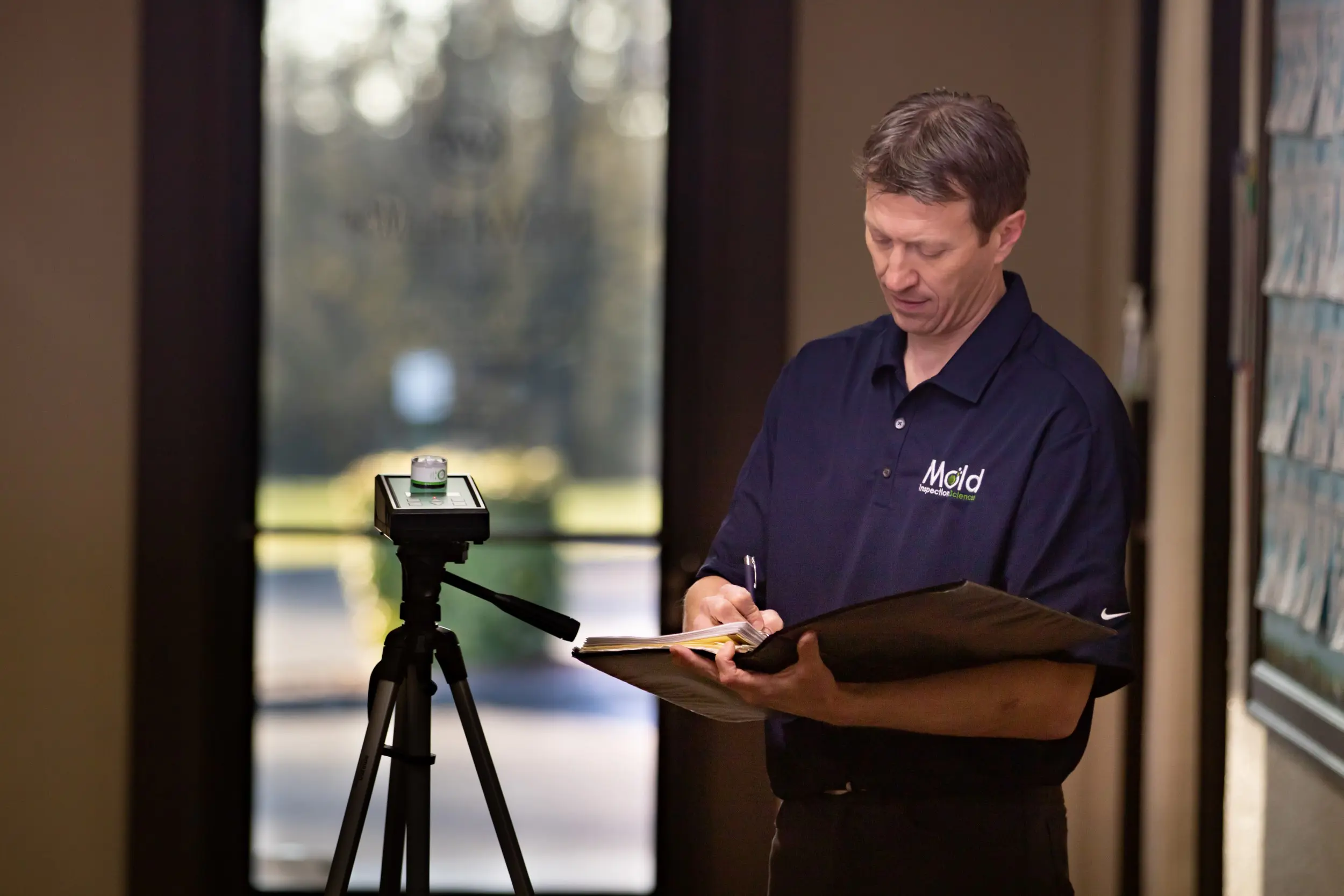Crafting a Detailed Post Mold Remediation Report
Crafting a Detailed Post Mold Remediation Report
Blog Article
Effective Article Mold Removal Solutions for Your Home
Mold development in homes can be a consistent concern, frequently requiring an organized strategy for efficient post-remediation solutions. From recognizing the elements that add to mold growth to implementing appropriate cleaning methods and dampness control steps, the process can be complex yet critical for keeping a healthy living atmosphere. Post Remediation Inspection near me.
Comprehending Mold And Mildew Growth Elements
Mold and mildew growth is affected by a selection of elements that are critical to understand in order to properly deal with and stop its expansion. Recognizing these variables is crucial in carrying out effective mold and mildew remediation strategies. The main factor contributing to mold and mildew growth is moisture. Mold spores call for dampness to prosper and sprout, making moist or moist settings highly prone to mold and mildew invasions. Poor ventilation can likewise result in moisture build-up, creating a perfect breeding ground for mold.

In addition, air flow and light direct exposure can influence mold growth. Areas that lack proper air flow and natural light are much more vulnerable to mold and mildew development. By dealing with these variables adequately, individuals can efficiently reduce mold growth and protect their living atmospheres.
Appropriate Mold And Mildew Cleansing Strategies
Utilizing efficient cleaning techniques is necessary in preventing the reoccurrence and addressing of mold and mildew contamination in indoor environments. The initial action in correct mold cleansing is to contain the affected area to protect against the spread of spores to uncontaminated locations.

Executing Wetness Control Procedures
To successfully avoid mold development and contamination in indoor atmospheres, implementing moisture control steps is vital. Moisture is the primary variable that gas mold development, making it critical to manage moisture levels within the home. One effective procedure is to use dehumidifiers to keep interior humidity levels below 60%. Additionally, ensuring correct air flow in locations vulnerable to moisture build-up, such as kitchens and shower rooms, can help in reducing the danger of mold growth. Frequently evaluating and fixing any kind of leaks in plumbing, roofing systems, or home windows is likewise vital in protecting against excess wetness accumulation. Utilizing exhaust fans while cooking or bathing, and allowing air blood circulation by maintaining furniture slightly far from walls learn this here now can aid in dampness control. Furthermore, using moisture-resistant materials in high-humidity areas, such as mold-resistant drywall and paints, can be useful. By carefully implementing these moisture control procedures, homeowners can properly decrease the likelihood of mold and mildew recontamination and keep a healthy indoor atmosphere.
Utilizing All-natural Remediation Solutions
After effectively carrying out wetness control procedures to stop mold development in indoor atmospheres, house owners can currently discover the effectiveness of natural removal solutions in preserving a healthy and balanced space. All-natural remediation solutions utilize environmentally friendly approaches to battle mold and mildew and mold, making them a preferred option for those seeking safe options. One such remedy is making use of vinegar, a natural antimicrobial agent, to tidy and disinfect surfaces infected by mold and mildew. Simply thin down vinegar with water and spray it onto the impacted areas, permitting it to rest for a few hours prior to wiping clean. In addition, tea tree oil, understood for its antifungal homes, can be combined with water and splashed onto mold-infested surface areas to inhibit more growth. Another natural choice is hydrogen blog here peroxide, which can successfully kill mold and mildew on different surface areas without leaving damaging residues behind. By including these all-natural remediation services into their cleansing routines, home owners can effectively battle mold growth while advertising a much healthier interior environment for themselves and their households.

Preserving a Mold-Free Environment
Frequently checking areas prone to mold and mildew development, such as shower rooms, attic rooms, kitchen areas, and basements, is critical. Appropriate ventilation in locations with high moisture levels is additionally crucial to avoiding mold and mildew development.
Furthermore, keeping cleanliness in the home is important for mold prevention. Keeping interior plants in check and making sure proper water drainage in outdoor landscape design can lessen dampness accumulation, decreasing the chance of mold and mildew infestations.
Conclusion
In final thought, it is necessary to deal with mold and mildew growth aspects, make use of appropriate cleaning strategies, carry out dampness control procedures, utilize natural removal services, and keep a mold-free setting in order hop over to these guys to properly deal with post mold and mildew removal in your home - Post remediation mold testing near me. By adhering to these approaches, you can avoid mold from recurring and make certain a healthy and balanced living atmosphere for you and your family
The primary factor contributing to mold growth is wetness. Mold and mildew spores call for dampness to prosper and sprout, making damp or humid atmospheres extremely susceptible to mold and mildew infestations.To successfully protect against mold development and contamination in interior environments, applying wetness control procedures is critical. Additionally, ensuring appropriate ventilation in areas prone to moisture accumulation, such as bathrooms and cooking areas, can help decrease the threat of mold development.After successfully executing moisture control procedures to avoid mold and mildew growth in interior atmospheres, house owners can currently check out the efficiency of all-natural remediation solutions in preserving a healthy and balanced living space.
Report this page